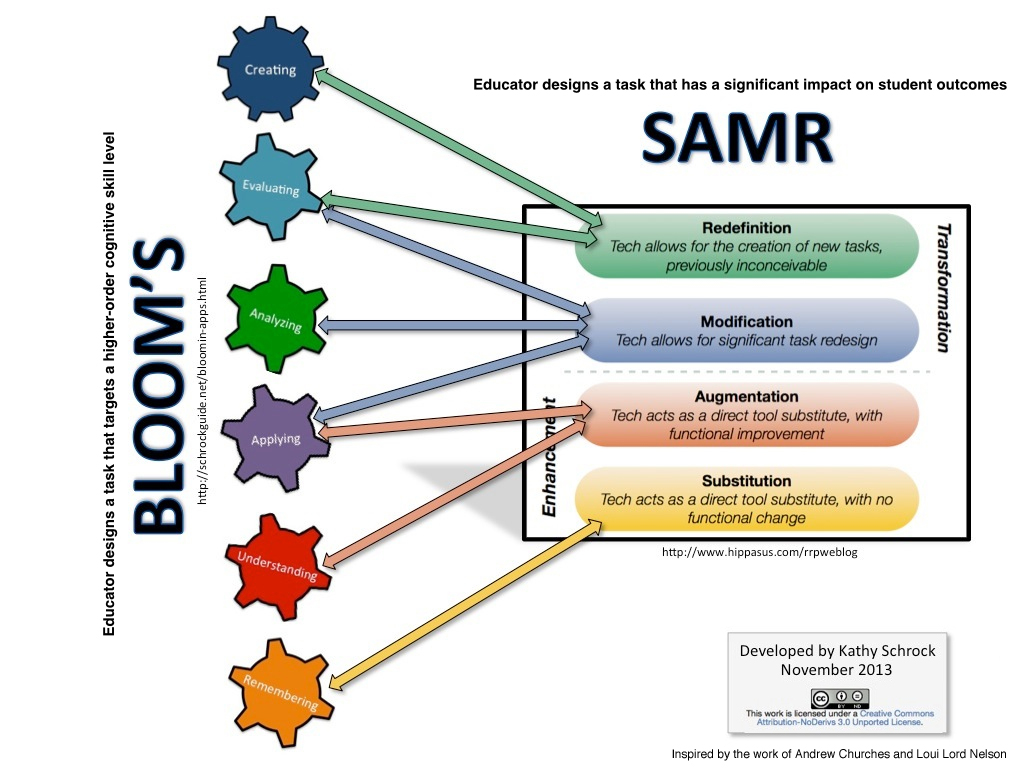Around the same time I started to learning about flipping the classroom I also began to learn about the Bring Your Own Device or BYOD approach to education. This is a concept that many schools across New Zealand are putting into practice with varying degrees of buy in and success.
I am one of the first 'round' of BYOD teachers at my school. We have a pilot program of two form-classes (50 students) who stay together for social studies, maths, science and English (and PE, but two periods of PE a week does not lend itself to BYOD). I am one of the eight teachers of these two classes and have had my iPad since Term 2 of last year in order to prepare myself. During 2013 I attended a huge amount of BYOD professional development in Auckland, Tauranga and at Trident itself. While I didn't have an official BYOD classes last year I did use my iPad in class occassionally. It was especially useful for students who needed to watch a video in order to catch up. I was beginning to flip some of my lessons and a student might use my iPad to watch a video if they didn't have a smart-phone or tablet of their own. Over the year I did learn a lot, but ultimately you have to dive in to find out what works for you.
And it wasn't until I had 25 students in front of me with their own iPads that I could really begin to teach using the concept of BYOD. Before I talk about how I use this technology to improve the learning outcomes of my students, I think it is important to put rest to concerns about devices just being used as another fad or a way to engage students. iPads won't engage students any more than Smartboards will, it is still the strategies you use in your teaching that matters. And someone has come up with a lovely acronym to explain just this concept.
I am one of the first 'round' of BYOD teachers at my school. We have a pilot program of two form-classes (50 students) who stay together for social studies, maths, science and English (and PE, but two periods of PE a week does not lend itself to BYOD). I am one of the eight teachers of these two classes and have had my iPad since Term 2 of last year in order to prepare myself. During 2013 I attended a huge amount of BYOD professional development in Auckland, Tauranga and at Trident itself. While I didn't have an official BYOD classes last year I did use my iPad in class occassionally. It was especially useful for students who needed to watch a video in order to catch up. I was beginning to flip some of my lessons and a student might use my iPad to watch a video if they didn't have a smart-phone or tablet of their own. Over the year I did learn a lot, but ultimately you have to dive in to find out what works for you.
And it wasn't until I had 25 students in front of me with their own iPads that I could really begin to teach using the concept of BYOD. Before I talk about how I use this technology to improve the learning outcomes of my students, I think it is important to put rest to concerns about devices just being used as another fad or a way to engage students. iPads won't engage students any more than Smartboards will, it is still the strategies you use in your teaching that matters. And someone has come up with a lovely acronym to explain just this concept.
This link has some very detailed suggestions on what redefinition might look like in other subjects.
So you can see there is an acknowledgement that tech can be under-utilised if it is just seen as a replacement to pen and paper. At Trident we are finding the SAMR concept encourages us to review what it is we are really assessing at any given point and therefore how flexible the task can be. Sometimes it comes back to practicality and you may have to place limits on students to make your workload manageable. But ultimately, having 1:1 technology in your classroom can open up a whole new world.
Next time I will write about how I have actually used this tech in my classrooms this year and what I have have learned. It would be great to see your questions below so I can use them to inform what I write about! Have you got a BYOD approach at your school? Do you have any concerns? Have you had any successes?
Whāia te iti kahurangi ki te tūohu koe me he maunga teitei
Pursue excellence – should you stumble, let it be to a lofty mountain



